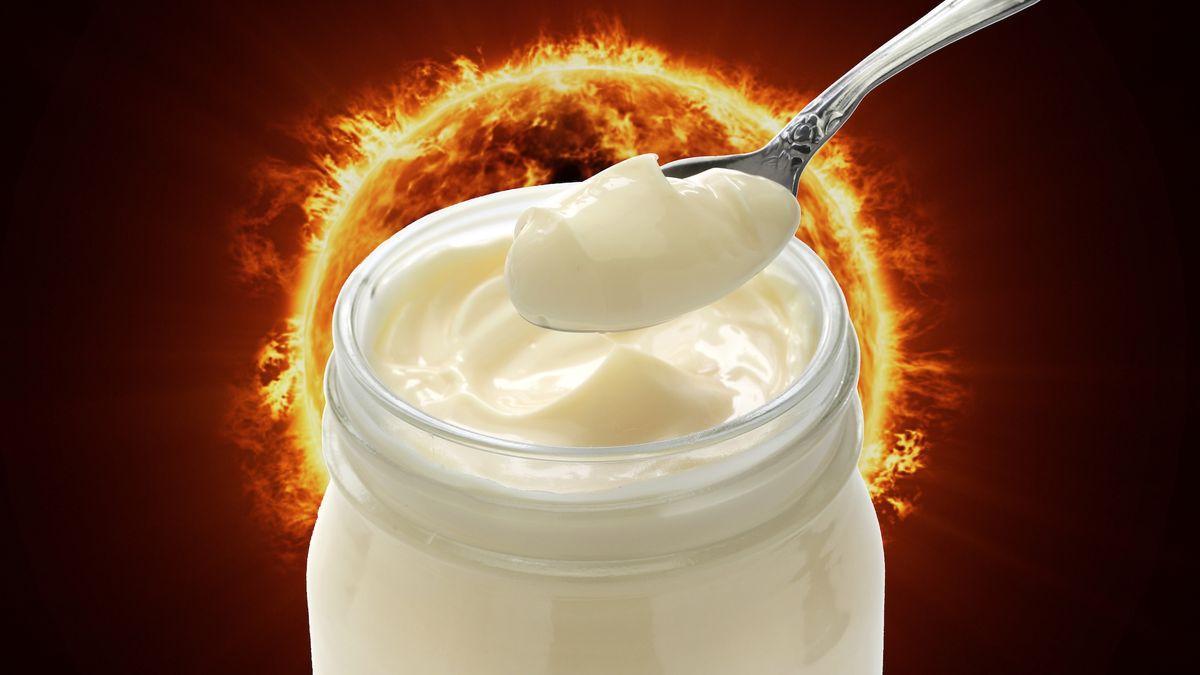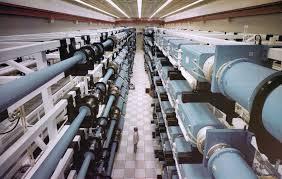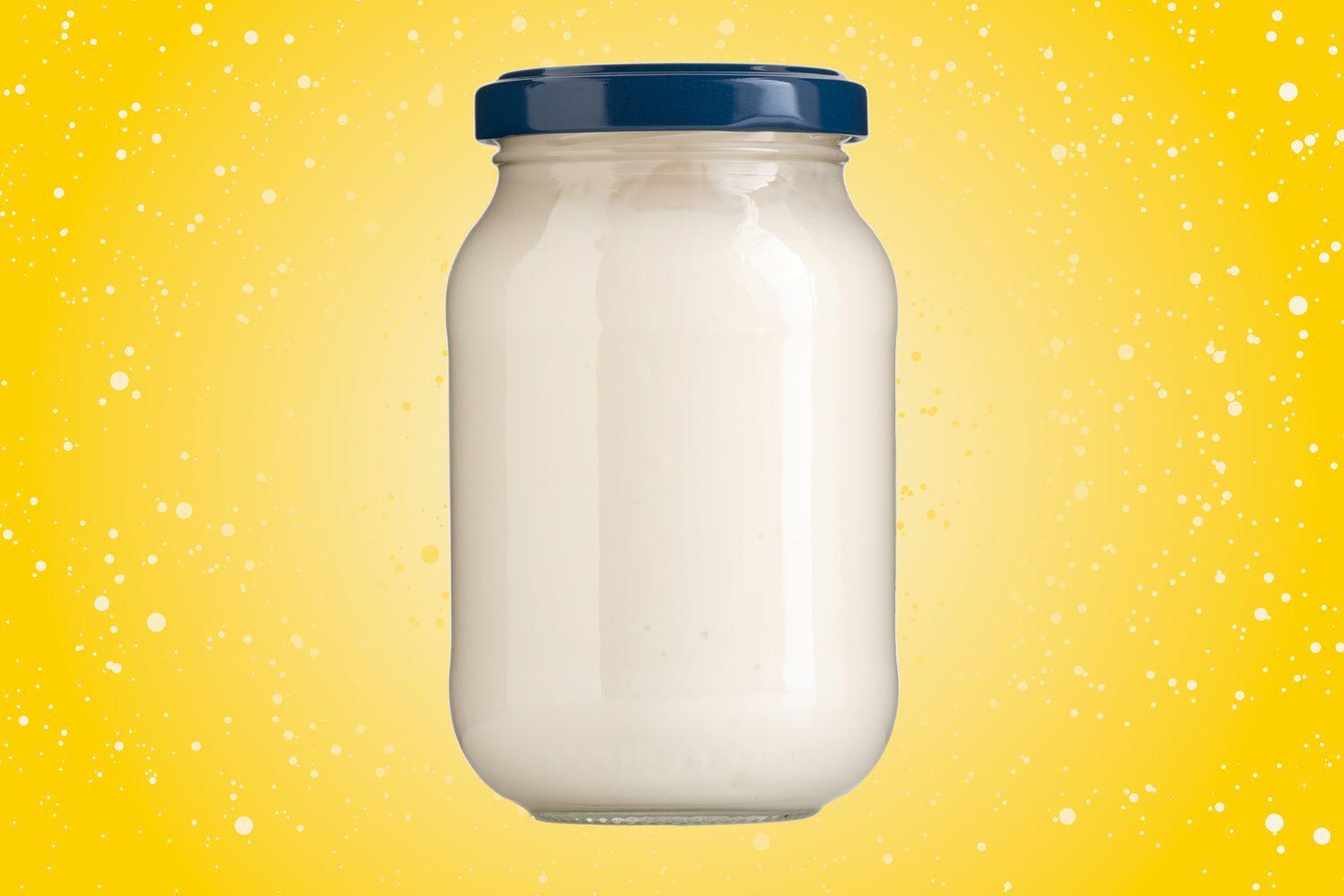Scientists use mayonnaise to study nuclear fusion dynamics. This common condiment mimics the behavior of molten metal.
Researchers published their findings in Physical Review E. Could your sandwich spread hold the key to unlimited clean energy?
The Quest for Clean Energy’s Holy Grail

Nuclear fusion promises nearly limitless clean energy. Scientists aim to recreate the sun’s power on Earth.
Current fusion reactors consume more energy than they produce. Will mayonnaise experiments tip the scales in fusion’s favor?
Stars vs. Earth: The Temperature Challenge

Stars fuse hydrogen at 27 million degrees Fahrenheit. Earth-based reactors must reach 270 million degrees Fahrenheit.
The sun’s gravity naturally compresses atoms for fusion. How can we replicate stellar conditions without crushing gravity?
Inertial Confinement: Lasers, Pellets, and Plasma

Scientists freeze hydrogen isotopes into metal capsules. Lasers heat these pellets to 400 million degrees Fahrenheit.
This process creates plasma, the fourth state of matter. Can mayonnaise help perfect this intricate dance of elements?
The Exploding Pellet Problem: A Race Against Time

Hydrogen gas expands, causing metal capsules to explode. This happens before fusion can occur.
Researchers seek ways to delay or prevent this explosion. Will mayonnaise reveal the secret to containing plasma?
Mayonnaise Physics: More Than Just a Spread

Mayonnaise exhibits elastic and plastic behaviors. It flows under certain conditions, mimicking molten metal.
The average jar of mayonnaise contains 65% oil. How can this emulsion unlock fusion’s mysteries?
The Churning Wheel: Mayonnaise in Motion

Scientists place mayonnaise in an accelerating machine. They observe its transition between different states.
The study characterizes conditions for elastic recovery. Could this research method revolutionize fusion experiments?
Elastic Recovery: The Key to Fusion Stability

Researchers aim to maximize elastic recovery in materials. This could suppress instabilities in fusion reactions.
Mayonnaise can withstand forces up to 100 times its weight. Will this property translate to fusion containment?
Energy Yield: Maximizing Fusion’s Potential

The study identifies conditions for increased energy yield. Current fusion reactors operate at 70% efficiency.
Scientists aim for net positive energy production. Can mayonnaise experiments push fusion over the threshold?
From Condiments to Cosmos: The Road Ahead

Mayonnaise and plasma differ in many ways. Translating these findings to fusion reactors remains challenging.
The global fusion energy market could reach $22.78 billion by 2030. Will your next sandwich ingredient fuel the cities of tomorrow?

